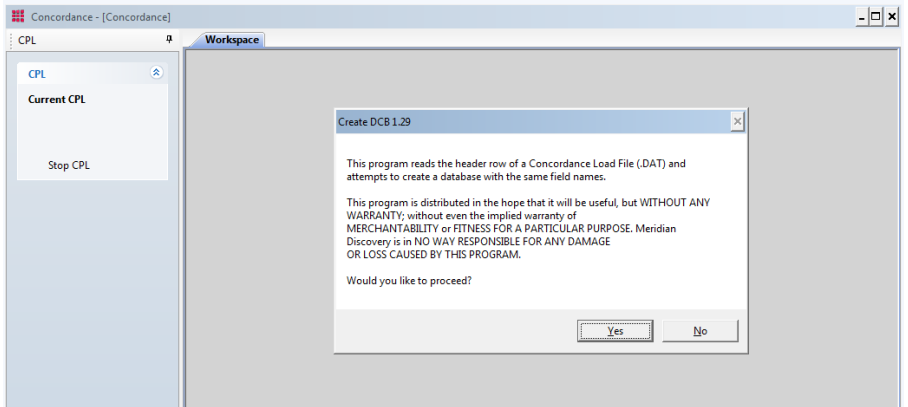Have you ever had to calculate production attachment ranges (e.g. PRODBEGATT and PRODENDATT fields) manually? Perhaps the production software you used did not calculate these fields for you, or the production specifications changed and you had to add these fields after the fact. While the calculation is usually straightforward, things can get a bit more tricky if some of the attachment families were not produced entirely (i.e. you need to shrink the review attachment ranges to account for the documents that were not produced).
We have created a Concordance CPL called “Populate_Prod_Att” to help make things a bit easier. The CPL reads the existing review attachment ranges and production Bates numbers in your Concordance database, and calculates the production attachment ranges for you.

